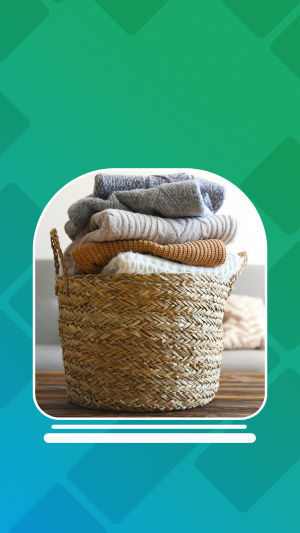Knitwear is one of the most active items in your wardrobe every autumn and winter. A few knitted shirts in different thicknesses and colors can be easily matched with a variety of shirts and suits, enhancing warmth while greatly increasing style versatility, formal or casual, retro or trendy, making it a must-have autumn/winter gentleman's item.
Knitting has always been an important part of clothing design, and in recent years many designers have been expressing themselves through knitting in their designs. In addition to clothing, knitted materials are also found in various accessories, home furnishings, sculptural installations, and more.
Archaeological discoveries in many European cities show that knitted goods spread throughout Europe in the 14th century, and knitted stockings were particularly popular because they were smoother and more elastic than other fabrics. At the same time, knitted stockings were an expression of wealth.
In the 17th and 18th centuries on many of the Scottish islands, knitting had become a very important part of people's lives and they made money from it, as jumpers, stockings, etc. were very useful to the local fishermen, helping them to withstand the harsh weather.
By the mid-18th century, the hosiery industry was booming. Stockings were produced in Britain for export to other parts of Europe and knitted items were expanded to include other accessories such as hats, shawls, gloves, bags, and so on, although stockings were the most popular until the 20th century.
Modern knitted fabrics have become more colorful and have entered a phase of multi-functional and high-grade development, with a variety of new knitted fabrics with different textures and functions being developed, bringing unprecedented sensory and visual effects to knitted goods.
At the same time, knitted fabrics are soft, moisture-absorbent, breathable, sweat-wicking, and warm, and most of them have excellent elasticity and extensibility. Compared to woven fabrics, it has a high yield and is suitable for small-batch production. Knitted garments are comfortable to wear, close to the body, and do not feel constricted.
Types of knitted fabrics:
1、Warp knitting pile fabric: mainly used in winter men's and women's coats, trench coats, tops, trousers, and other fabrics, fabric durability, easy to wash, quick dry, non-iron, but in the use of static electricity accumulation, easy to absorb dust.
2、Polyester warp-knitted fabric: flat surface, bright color, thick and thin type of points. The thin type is mainly used as shirts, and skirt fabric; the medium-thick, thick type can be used for men and women in clothing, windbreakers, tops, suits, trousers, and other fabrics.
3、Warp knitting velvet fabric: surface pile dense and towering, feel thick, rich, soft, elastic, good warmth, mainly used as winter clothing, children's clothing fabrics.
4、Warp knitting mesh fabric: taking mesh fabric texture is thin, elastic, and breathable, feels smooth and soft, mainly used as summer men's and women's shirts fabric.
5、Warp knitting terry fabric: this fabric has a rich and thick feel, cloth body is firm and thick, has elasticity, moisture absorption, good warmth, terry structure stability, has good performance, mainly for sportswear, lapel T-shirt, pajama trousers, children's clothing and other fabrics.





